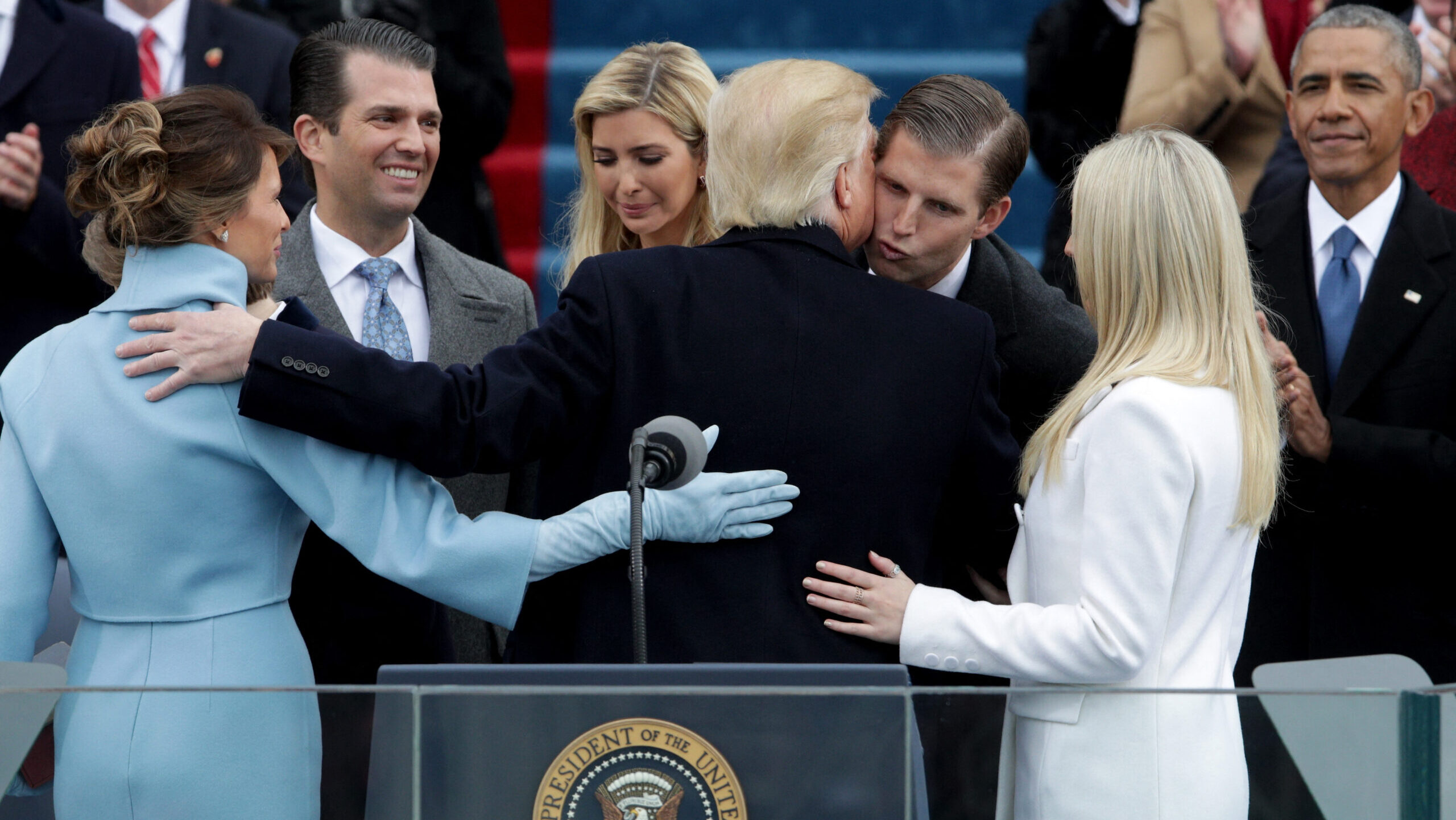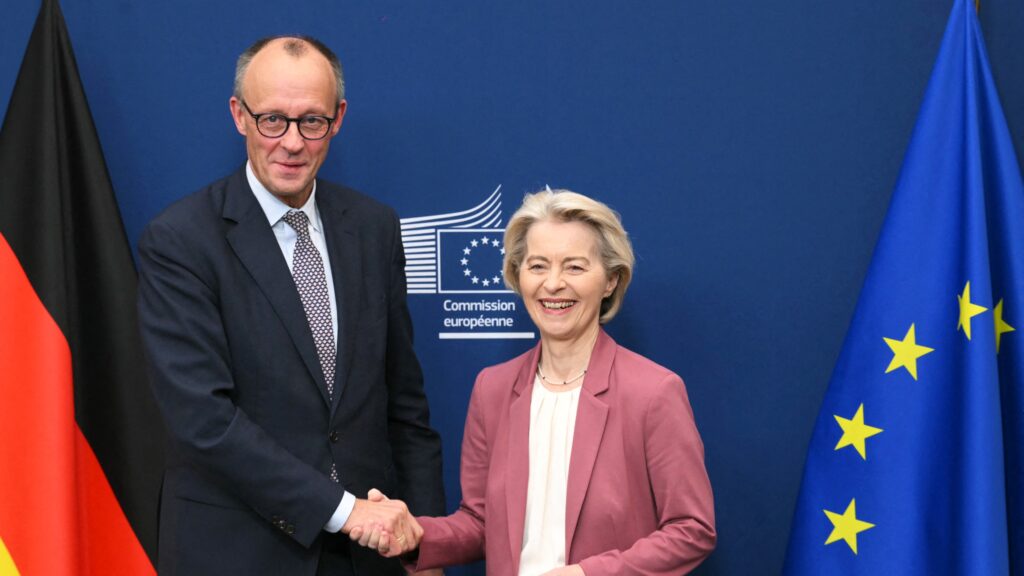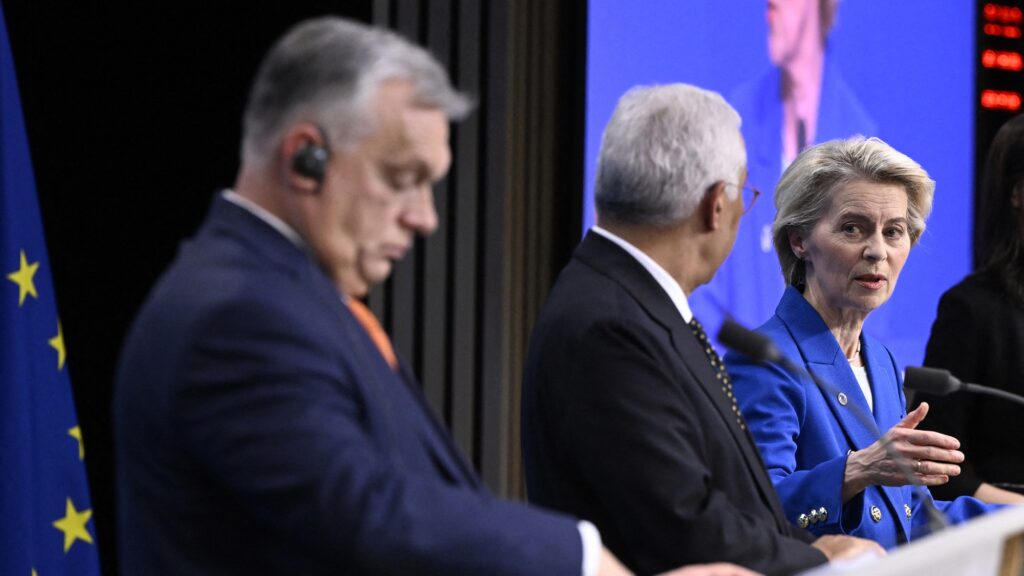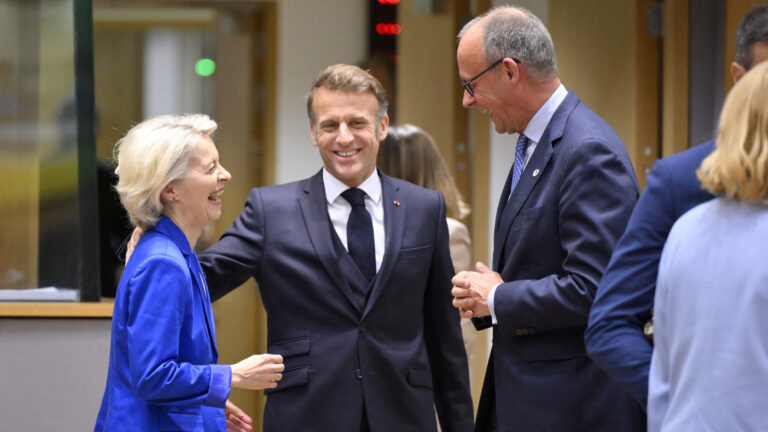Some elements of a possible family policy programme of the Trump administration have surfaced in US media in recent days, with most outlets highlighting what has been dubbed the ‘baby bonus’: a $5,000 incentive to be granted to married couples upon the birth of a child. Looking beyond this specific proposal and reviewing the broader contours of what appears to be an emerging effort to address America’s declining fertility rate, one cannot help but notice the striking similarities with one of the most distinctive and successful family policy models in the world: Hungary’s.
As first reported by The New York Times on Monday, US President Donald Trump aims to tackle the demographic challenges currently confronting Western societies, including the United States. For decades, birth and fertility rates have been falling sharply across the Western world—and indeed in Asian nations such as Japan, China, and South Korea. The trends point to a troubling future: coupled with ongoing immigration patterns, if these developments persist, white populations could become minorities in nearly all Western countries—a shift already underway in the United Kingdom, for example. Moreover, declining birth rates imply a continuously shrinking working-age population, while rising life expectancy, driven by improved healthcare and living standards, places additional strain on welfare systems. This dynamic threatens the long-term viability of the economic model on which modern societies depend.
While the United States remains ahead of most Western European countries in terms of fertility rate, it has nonetheless fallen below the replacement threshold of 2.1 children per woman. In 2023 the United States recorded a total fertility rate of just 1.62—a historic low. The European Union reported an even lower average fertility rate of 1.38, with a 5.5 per cent decline in the number of babies born in 2023 compared to the previous year.
Trump’s Family Policy: More Than a Baby Bonus
According to media reports, President Trump’s proposed efforts to boost fertility include—not only the aforementioned ‘baby bonus’—but also expanded child tax credits; a proposal to reserve 30 per cent of Fulbright scholarships for applicants who are married or have children; government-funded initiatives to educate women about menstrual cycle tracking in order to promote natural fertility methods; and even the establishment of a ‘National Medal of Motherhood’ to be awarded to women with more than six children.
The programme is understood to have been shaped by a circle of pronatalist strategists, researchers, thinkers, and politicians close to the president, including President of the Heritage Foundation Kevin Roberts, billionaire entrepreneur Elon Musk—whose role appears to be more influential than policymaking per se—and others. The intention of the Trump administration seems clear: to reverse demographic decline while also promoting traditional values and large families, as recently emphasized by Emma Waters of the Heritage Foundation.
‘The intention of the Trump administration seems clear: to reverse demographic decline while also promoting traditional values and large families’
President Trump is the father of five children; Musk has 14 children from different mothers; Vice President JD Vance and his wife are raising three children; and Secretary of Defence Pete Hegseth also has a large family, with four biological children and three stepchildren. In this context, the administration’s commitment to promoting traditional family structures should not come as a surprise. Vance, for his part, began the symbolic ‘re-normalization’ of parenthood during the inauguration ceremony, and is widely seen as the potential face of Trump’s family policy efforts.
A Proven Model for Conservative Family Policy
In seeking inspiration, Trump and his team did not have to look far—at least not in geographical terms. One proven model, already showing tangible results, is just a phone call away. Hungary, under the leadership of Prime Minister Viktor Orbán—one of Trump’s closest allies—confronted the demographic crisis much earlier than any other Western country, and developed a coherent, long-term strategy that is already delivering results. This strategy centres on financial support for families, including tax benefits, housing subsidies, and childcare allowances. Notable initiatives include the Family Housing Allowance (CSOK), personal income tax exemptions for mothers of multiple children, and the ‘Women 40’ programme, which allows women to retire after 40 years of employment. These policies have helped raise the fertility rate from 1.23 in 2011 to approximately 1.6 in recent years, despite a declining number of women of childbearing age. In 2011 Hungary had one of the lowest fertility rates in the European Union; today, it ranks among the top three—trailing only Bulgaria and France, both of which employ different, more favourable methodologies for measuring fertility.
Hungary’s results have garnered international attention, establishing the country as a model for addressing demographic decline while also reinforcing traditional values and the institution of the family. Beyond financial incentives, Hungary has placed strong emphasis on creating a cultural environment that encourages young people to view childbearing not only as a social responsibility but as a profound source of joy. Within this broader framework, child protection has become just as central to Hungary’s approach as financial support—an emphasis underscored by a recent constitutional amendment declaring that children’s rights take precedence over all other fundamental rights, except the right to life.
An Example to Follow: Hungary
It is no secret that many conservative thinkers and Republican leaders regard Hungary’s model as one worth emulating. The Heritage Foundation, Elon Musk, and JD Vance are among those who, while calling for a robust response to demographic decline, frequently point to Hungary as the example to follow. In late 2024, Jay W Richards of the Heritage Foundation visited Budapest with the explicit aim of studying Hungary’s family policy in depth and assessing how similar measures might be adapted for the United States. ‘It’s nice that a relatively small Central European country like Hungary could, in some ways, serve as a sort of laboratory for these kinds of family policy experiments, so that we can identify which policies have the most significant impact and which fall short,’ Richards said in an interview with Hungarian Conservative at the time. More recently, in early April, Hungarian conservative think tank Danube Institute organized a major international conference on family policy, attended by experts and policymakers from around the world, including the above-quoted Emma Waters.
In March, Hungary’s Secretary of State for Families at the Ministry of Culture and Innovation Zsófia Koncz travelled to Washington, where she held over 40 meetings—all focused on Hungary’s family policy framework. ‘They had never seen anything like Hungary’s family support system…It is truly a global sensation,’ she remarked in an interview with Kossuth Rádió. Koncz also noted that Hungary’s newly passed tax exemption for mothers with two or more children had been positively received by several influential figures, including Elon Musk.
While Hungary was a pioneer in family policy in the early 2010s, a growing number of countries are now adopting similar measures to confront the demographic crisis. If the Hungarian model can be successfully implemented in other regions—such as the United States or Japan—it would represent not only a significant prestige gain for a nation of fewer than ten million people, but also a critical step toward building more conservative, family-oriented future generations. Such a shift is indispensable if we are to meet one of the most urgent challenges our civilization faces today.
Related articles:







